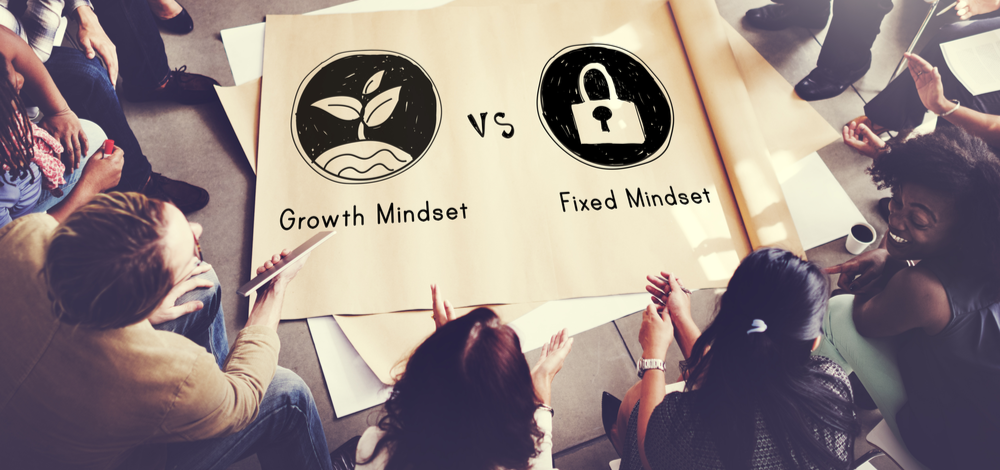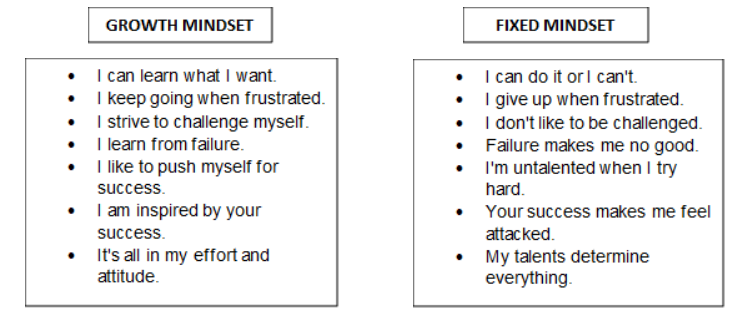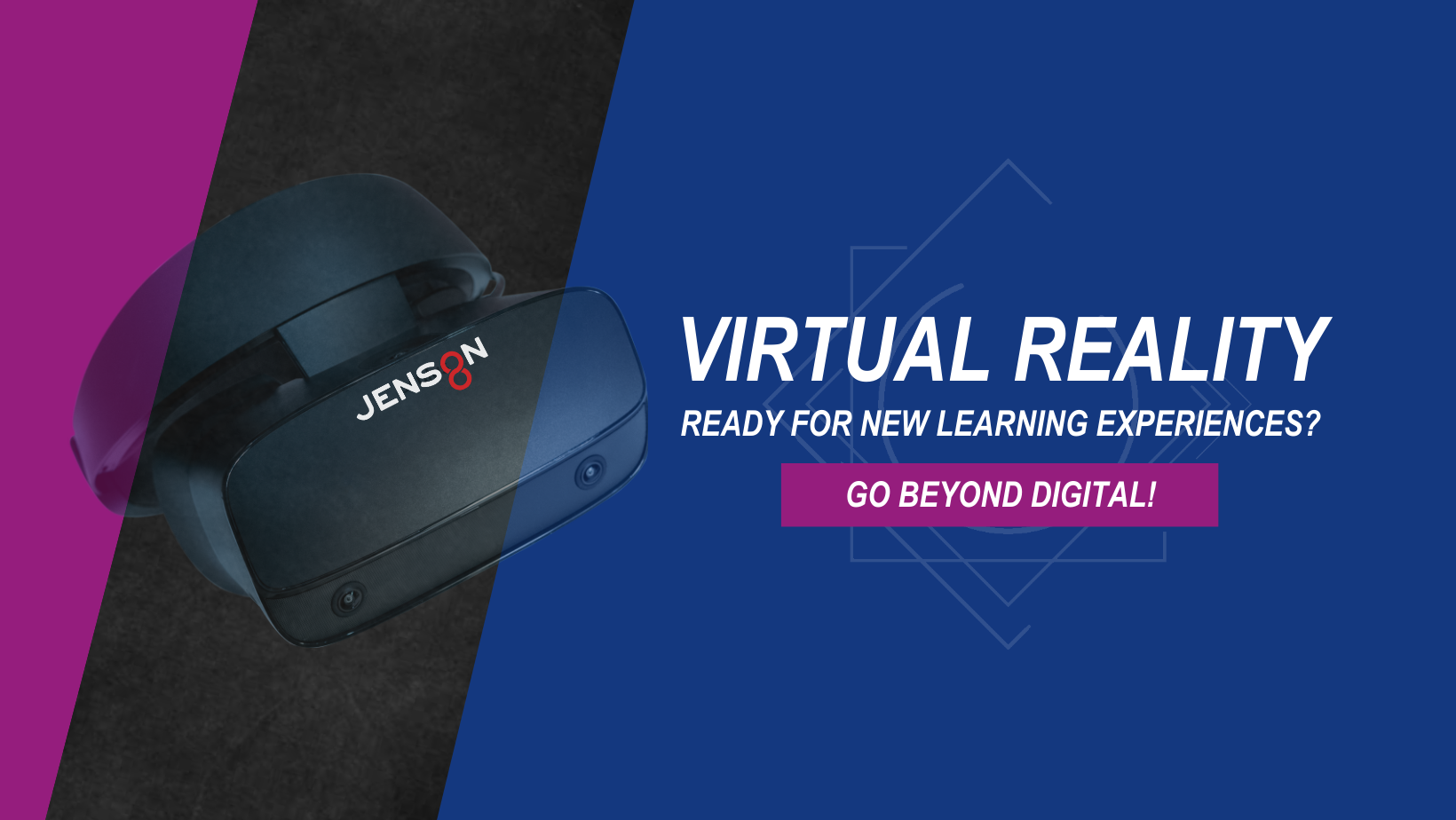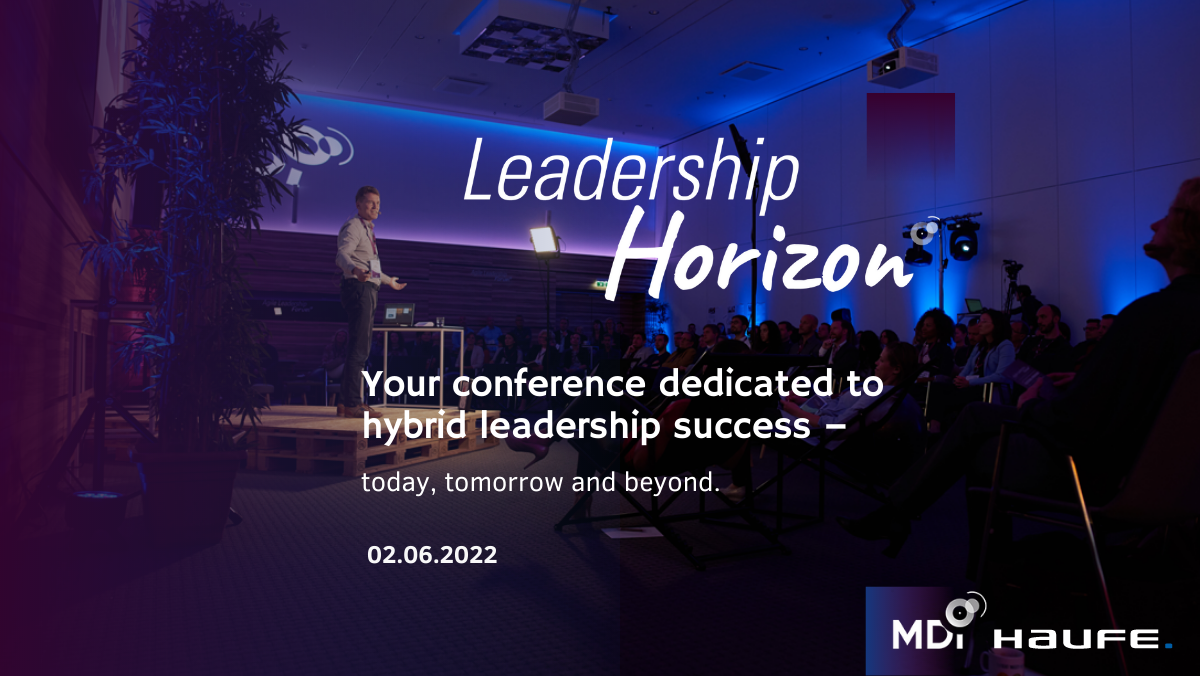
How to activate your growth mindset as a leader
How to activate your growth mindset as a leader
Sometimes we just can’t seem to get that one task done. We fail at every attempt and are already convinced that our skills are insufficient for this job. But that’s exactly where the problem lies. You’ll learn how to activate your growth mindset as a leader in this article.
Our attitude, the mindset, determines how we think
about some issues. If we always tell ourselves that it’s not possible to achieve success, it won’t happen.
We want to change your Fixed Mindset into a Growth Mindset.
Growth vs. Fixed Mindset
When it comes to Mindset, we mainly distinguish between two types – the Growth and the Fixed Mindset. The Growth Mindset sees the constant possibility for self-improvement and self-optimization. This is contrasted with the Fixed Mindset – the attitude that one cannot expand one’s horizons and thus will not further develop their skills.
For a more detailed definition of the two terms, see the graphic below:

Growth Mindset – Easier said than done
Sure, Growth Mindset seems promising at first glance – but we can’t change our emotions overnight, after all. A good start is to believe in your own success and visualize a positive goal. This is necessary for a breakthrough, to always stay on the ball and not lose motivation.
Making Mistakes
Also, you need to accept that you will make mistakes while learning. But don’t see these mistakes as a sign of your failure, but as an opportunity to learn from them and take what you have learned with you for your future.
Questioning
Questioning and doubting can also help you solve a task faster. In doing so, the prefrontal cortex is stimulated, allowing you to approach your to-do’s with more attention. Even more, you can look at your work assignment from a different angle, a different perspective, which contributes to finding a solution faster.
In 5 steps to your success –
How to activate your growth mindset as a leader
- Take your time: Reflecting on your (re)actions, your points of view and of course your mindset needs a long and calm discussion.
- Focus: Where you place an attention is where your energy flows. Allow yourself to give yourself fully to your learning goal.
- Embark on an adventure: Your learning journey is an experience with ups and downs. Be prepared for any stumbling blocks.
- Be open to new things: curiosity, inquisitiveness and a cool head will help you discover new aspects of the subject you are learning.
- Change your language: phrases like “I can’t do that” to “I can’t do that yet”, or “That’s impossible to do” to “If I acquire the necessary skills, I can do that”.
Want to learn more?
In our book “Agile Leadership Development” (german version) you will find some exciting articles on this topic

Anita Berger
Executive Coach, Consultant, Trainer & Managing Partner MDI
Anita Berger is an executive coach, consultant and trainer specialising in leadership development and international human resource management. She is a partner of MDI Management Development International. For more than 15 years she has worked in management and leadership positions (among others as HR-
Director at Coca-Cola Hellenic and HR Manager at Konica Minolta Business Solutions).














